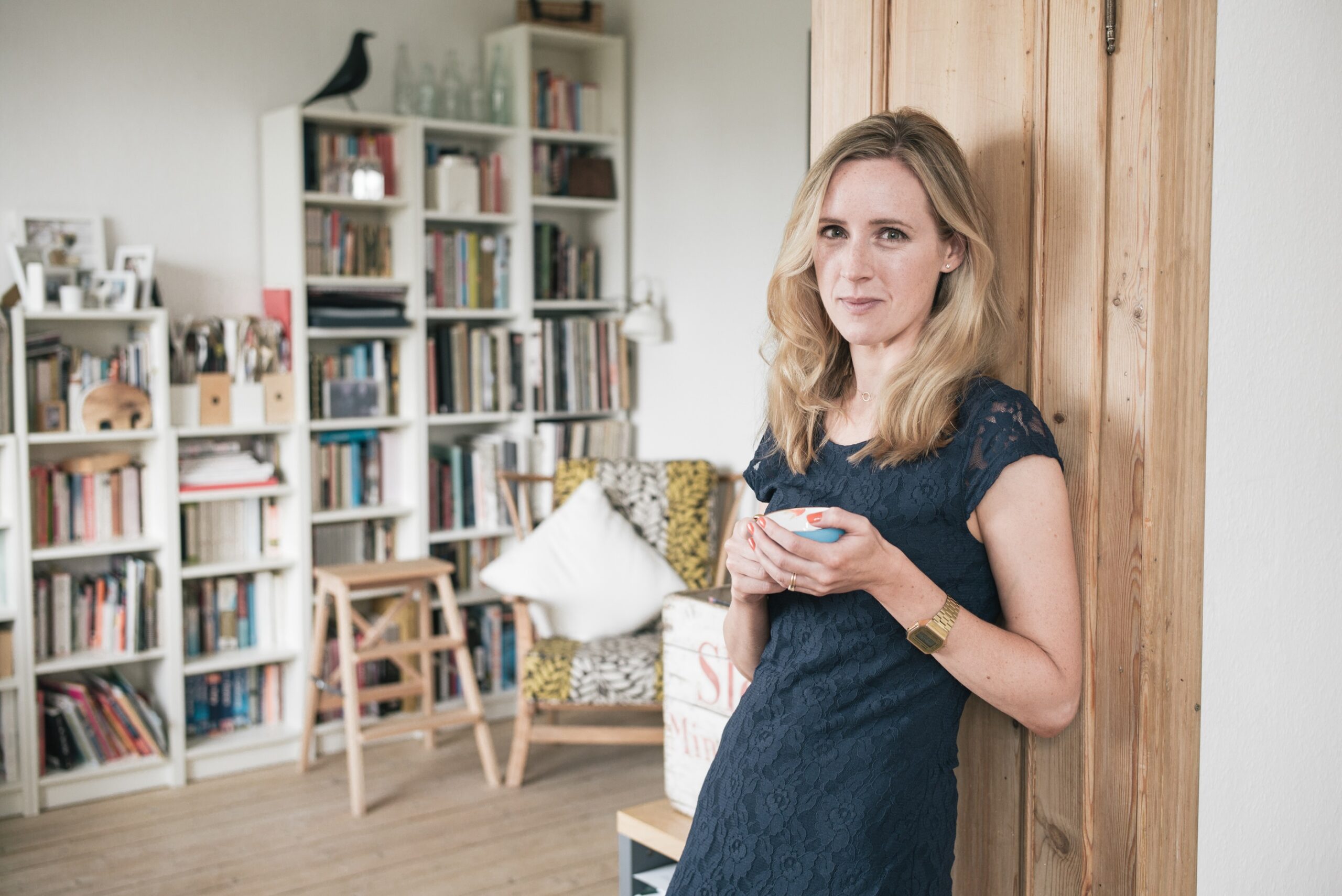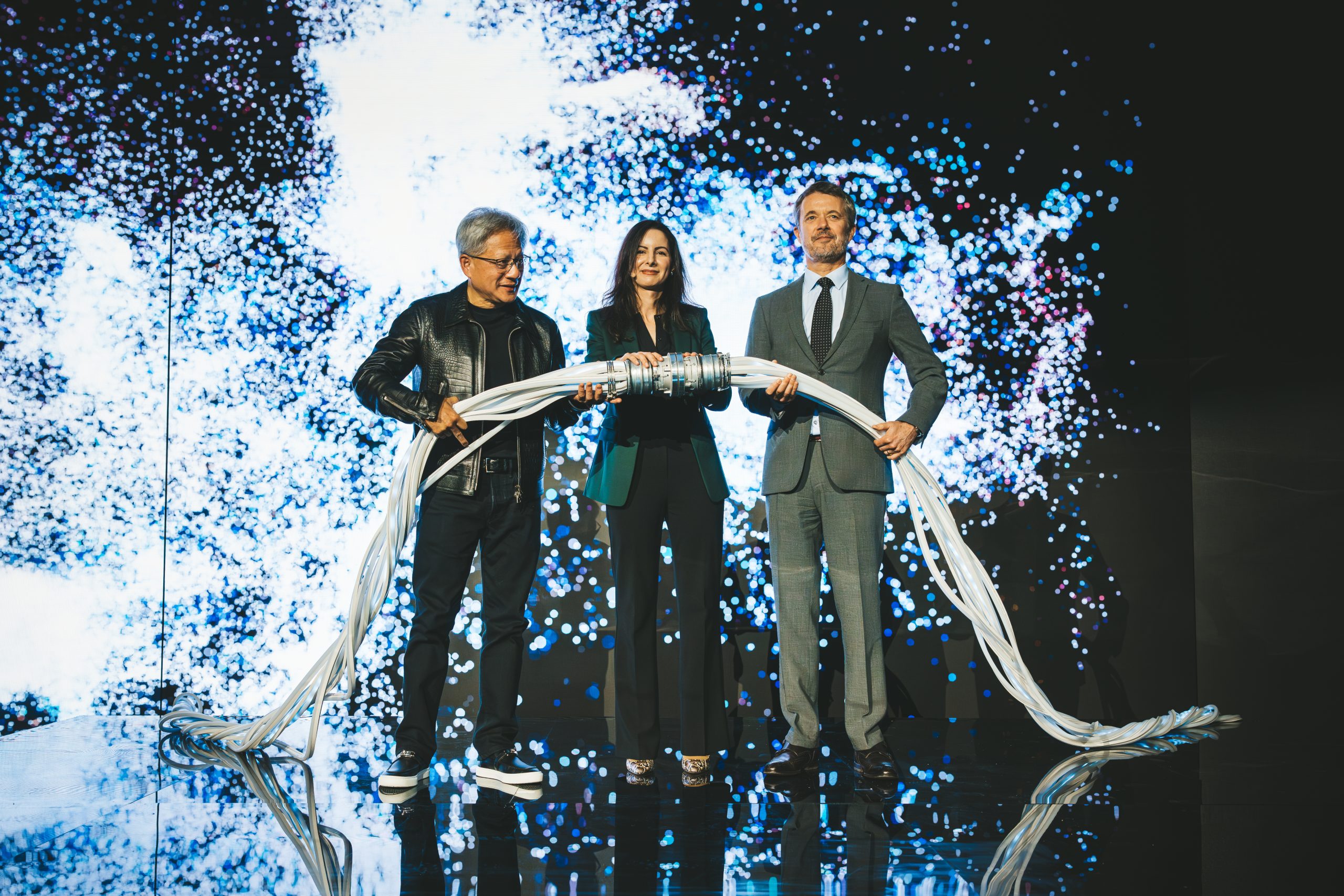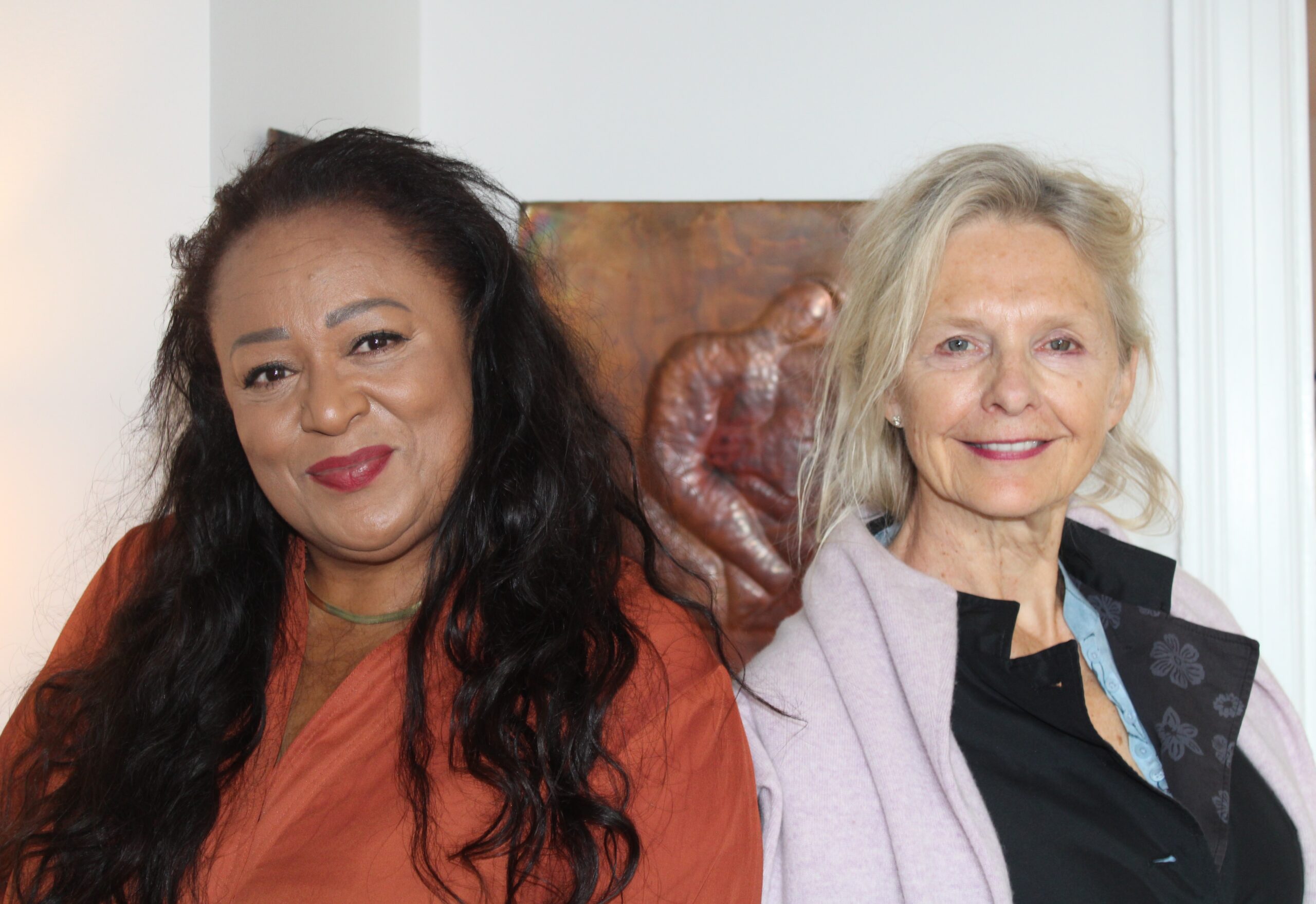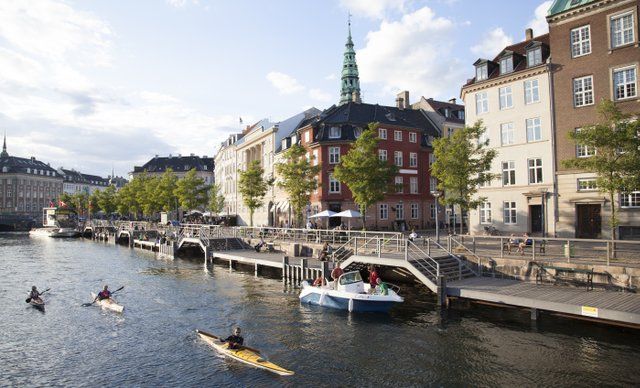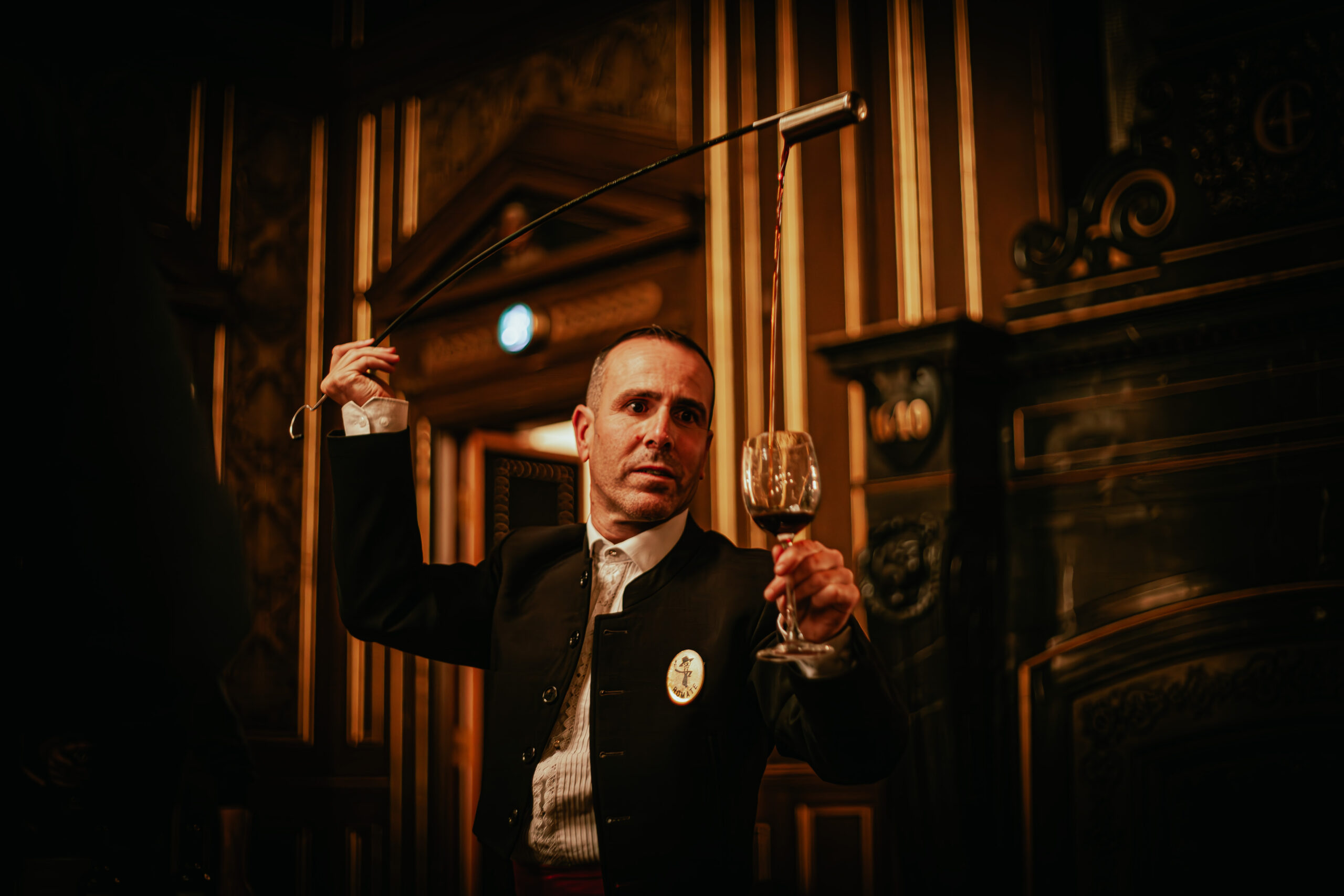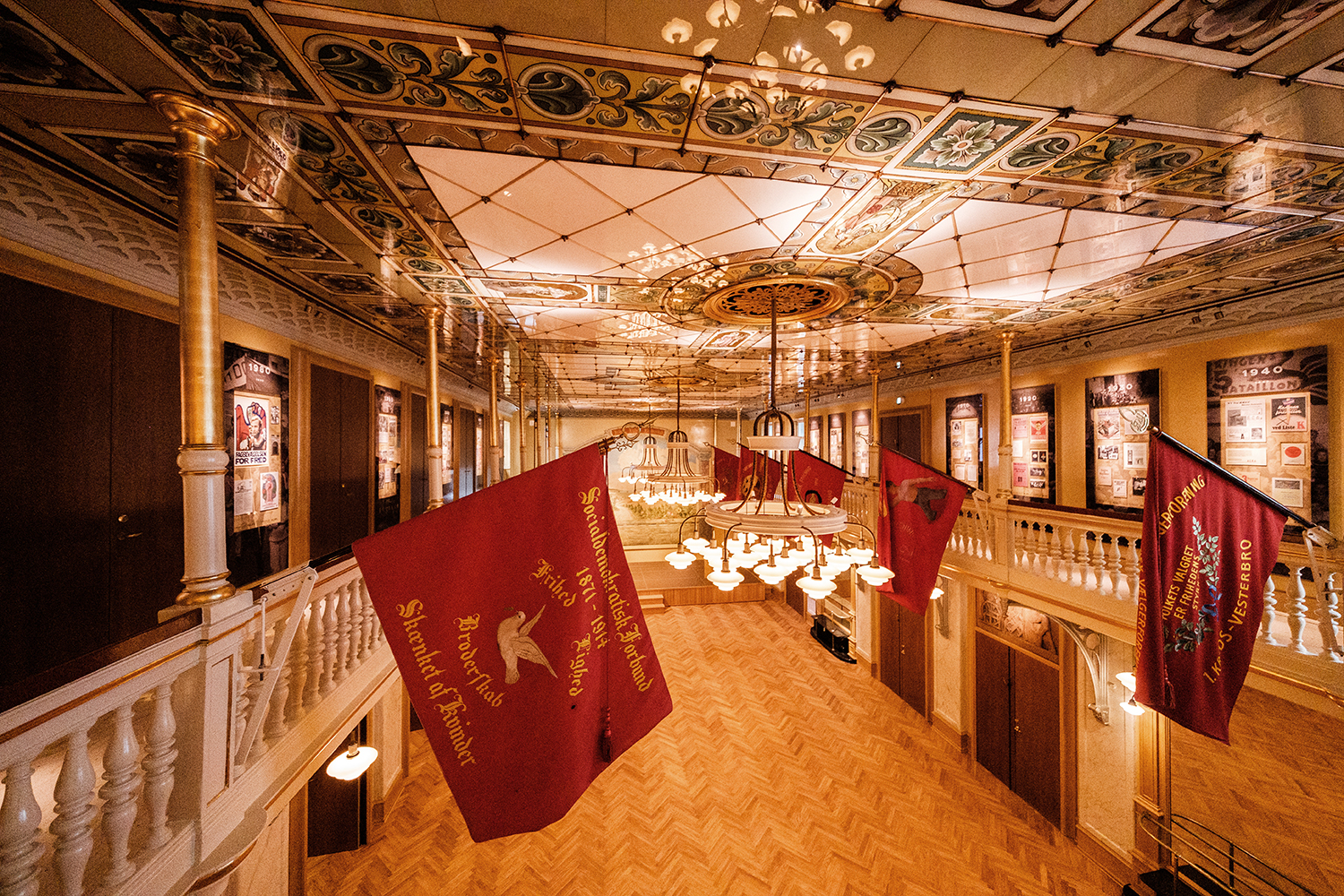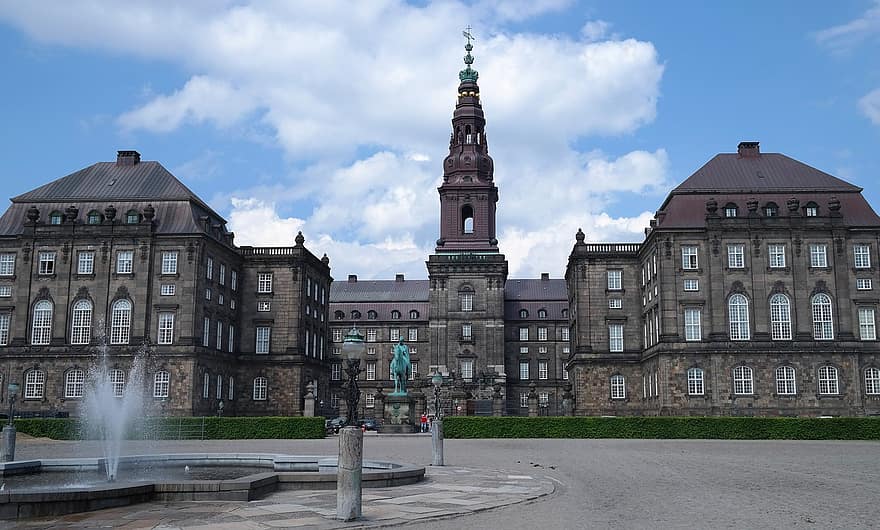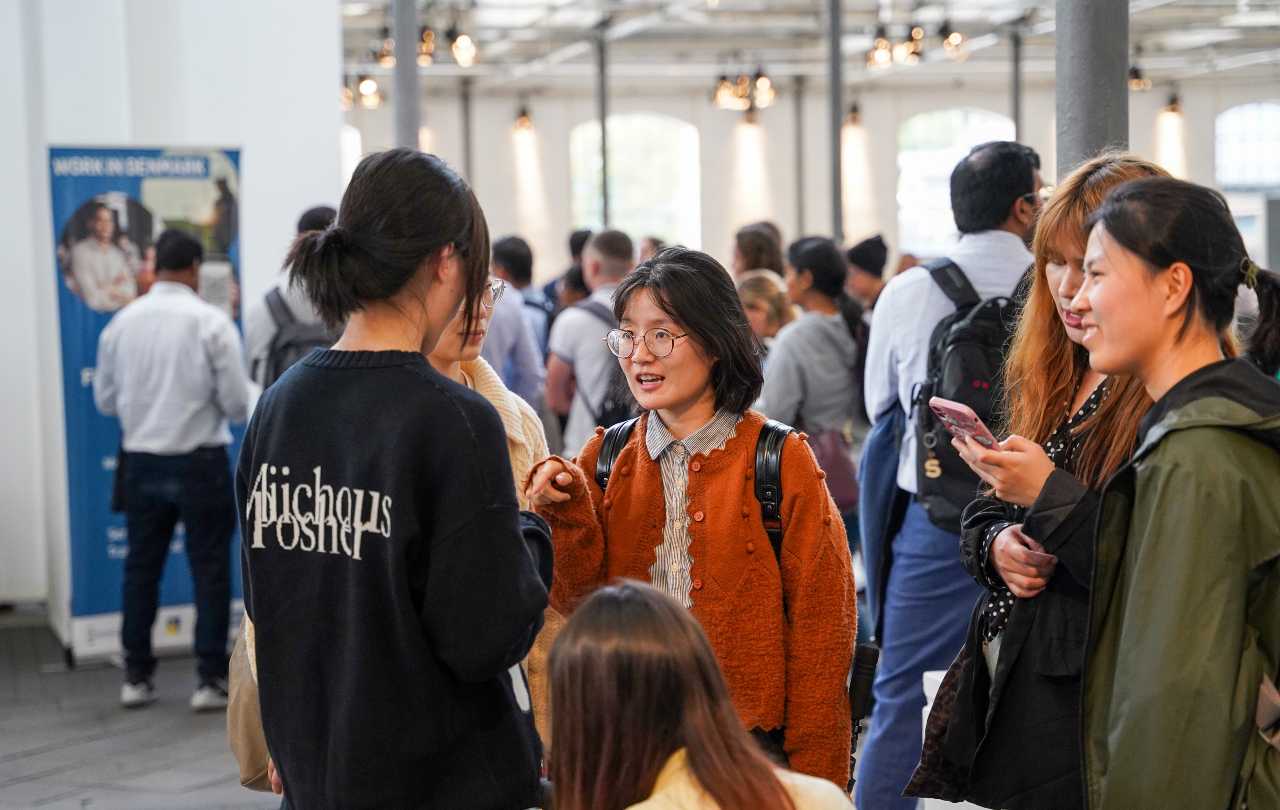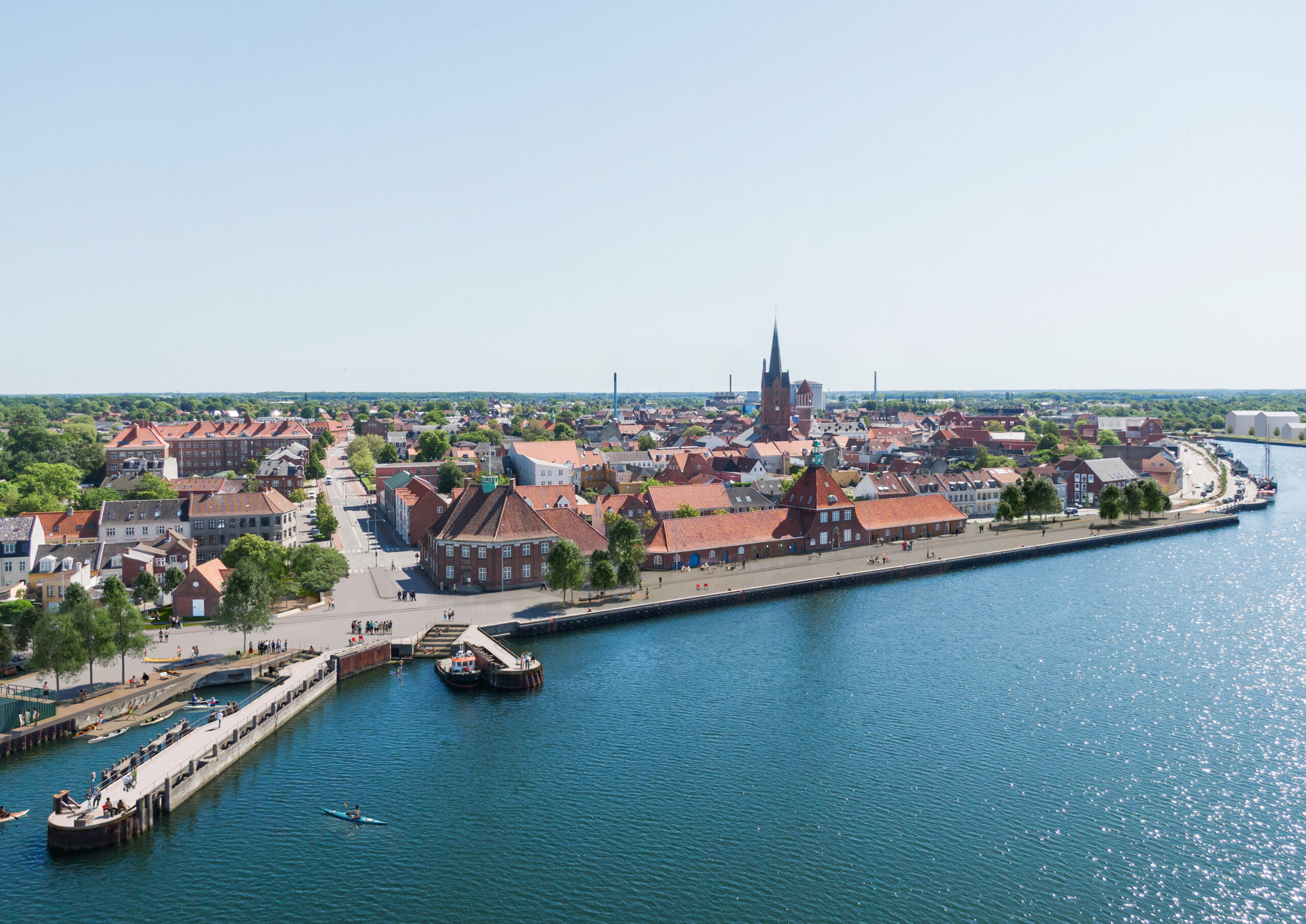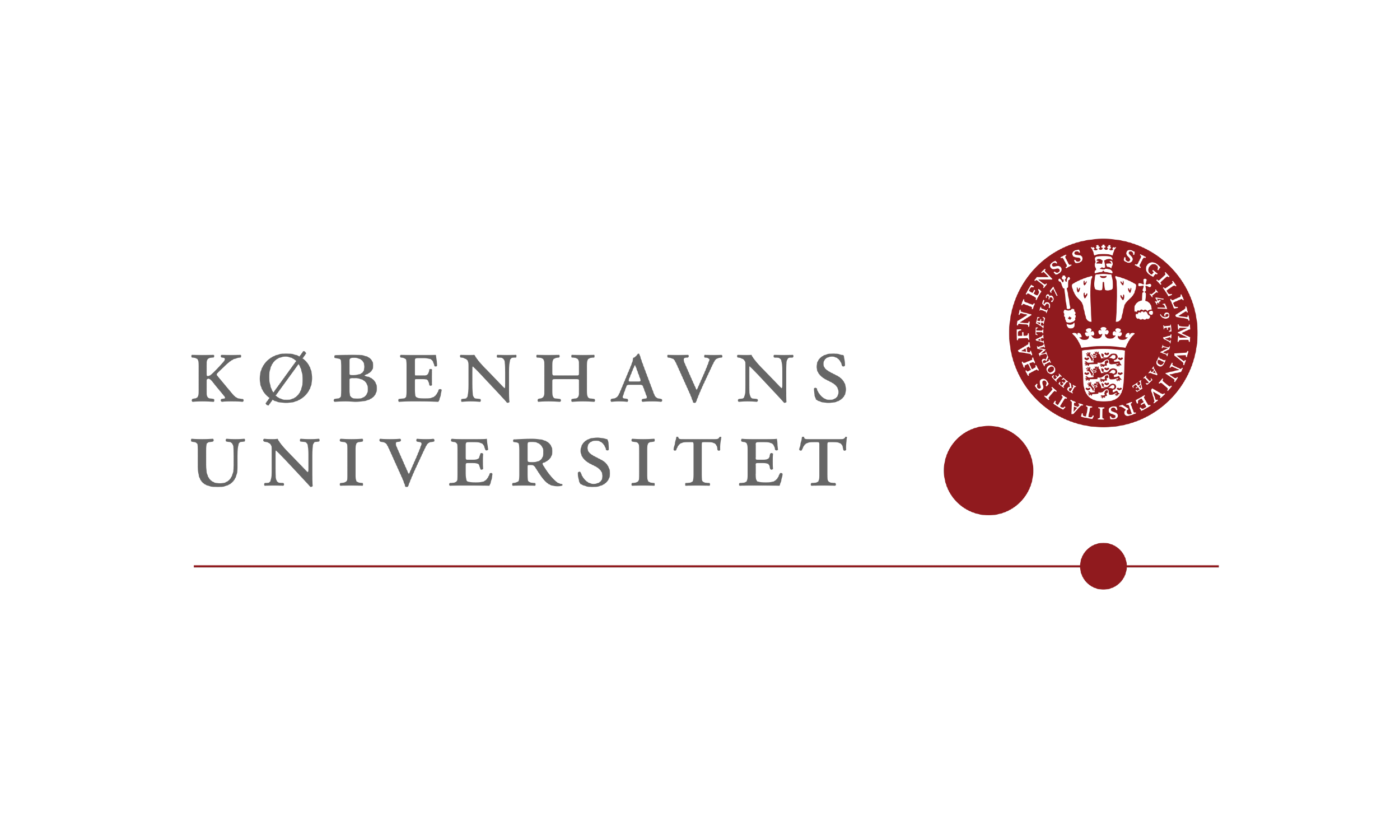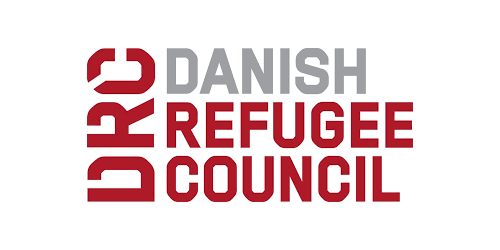The massive crowd gathered in Fælledparken to celebrate International Workers Day on May 1 threatened to swallow up the small knot of Greenlandic hunters gathered by their tent on the edge of the grounds. Dressed in sealskins, handing out flyers and selling fur bracelets, the hunters were at the park to enlist the support in their fight to save seal hunting as a way of life in Greenland.
Exports of seal skin from Greenland have fallen from 60 million to 6 million since 2006, and Tønnes Berthelsen, a spokesperson for Greenland’s Professional Hunting and Fishing Organisation (KNAPK) said that families in Greenland are suffering.
“These are not huge commercial enterprises,” said Berthelsen. “These are families that can no longer sustain themselves.”
Berthelsen said that Inuit men can no longer take care of their families as they have for hundreds of years and women are being forced to try to find work.
Standing under a sign that read, “I’d rather be a seal in Greenland than a pig in Denmark”, Berthelsen said the hunters need help from Denmark.
“The people in Greenland are aware of the problem,” he said. “We need to get support from the Danes.”
Tightening EU restrictions on seal hunting, coupled with large stores like Magasin dropping seal skin products, are threatening to shut down seal hunting in Greenland, and Berthelsen isn’t sure why.
“There are 16 million seals in Greenland, and we only hunt 150,000 each year,” he said.
Berthelsen said that the hunters know that they have an uphill battle against what he called a “professional propaganda campaign” against seal hunting. He said that grisly images of the blood of baby seals drenching the white snow don’t reflect the reality of Greenlandic hunters responsibly taking a small number of mature seals every year.
“Those pictures are not from Greenland,” said Berthelsen.
Literature being handed out by the hunters stressed that Greenlandic seals were not killed only for their pelts and that the meat was eaten by both humans and dogs.
Greenpeace, which normally comes down heavily against seal hunting, said it had no problem with the Greenlandic hunt.
“We have no problem with hunters in Greenland,” said Jon Burgwald of Greenpeace Arctic in a statement. “The Greenlandic hunt is sustainable. The problem has been in Canada, where stocks were threatened.”
Industrialised seal hunting in Canada put seal populations at risk and the animals were killed only for their skins.
Before heading to Fælledparken, the hunters had earlier in the day staged a protest at Magasin’s location on Kongens Nytorv.
Magasins communications manager, Jan Helle Skov, told Politiken newspaper that the ban on selling sealskin was not a Danish decision but came down from the store’s London headquarters.
Tønne Berthelsen said his group was ready and willing to go to London to continue their fight.

